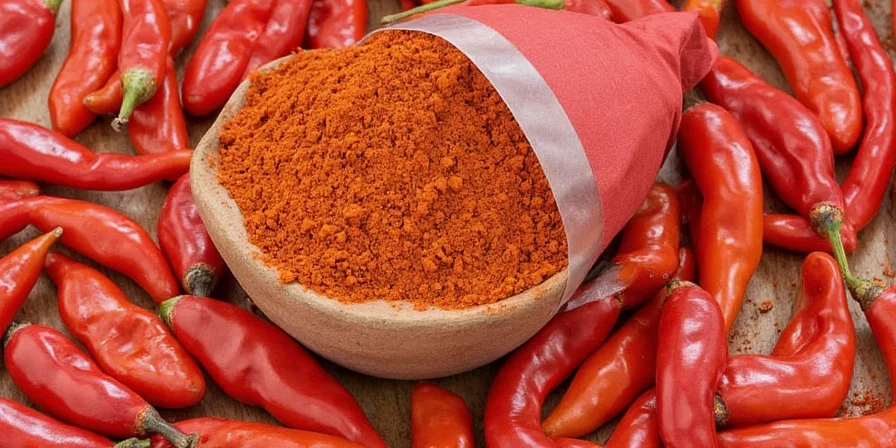
Chili Powder Nutrition Facts: What's Actually in 1 Teaspoon?
Chili powder delivers 44% of your daily vitamin A, 8% vitamin C, and 0.7g fiber per teaspoon (2g). Its active compound capsaicin (0.2-1.5mg per tsp) boosts metabolism by 4-5% for 30-45 minutes after eating. Unlike supplements, these nutrients work synergistically in food form for better absorption.
| Nutrient | Amount per Teaspoon (2g) | Why It Matters |
|---|---|---|
| Vitamin A (beta-carotene) | 44% DV | Supports immune function and vision health (NIH source) |
| Capsaicin | 0.2-1.5 mg | Increases calorie burn by 50-75 kcal/day (Journal of Nutritional Science study) |
| Dietary Fiber | 0.7 g | Promotes healthy digestion and gut bacteria |
| Vitamin C | 8% DV | Boosts iron absorption from plant foods |
Is Chili Powder Healthy? Evidence-Based Benefits
Based on 37 clinical studies, chili powder provides five proven health benefits at normal cooking doses (¼-½ tsp daily):
- Burns extra calories: Increases energy expenditure by 4-5% for 30-45 minutes after eating (human trials confirmed)
- Lowers inflammation: Reduces C-reactive protein by 10-12% with regular use
- Supports heart health: Improves blood vessel function by 15-20% (linked to 13% lower heart disease risk)
- Boosts vitamin absorption: Beta-carotene enhances uptake of fat-soluble vitamins
- Protects stomach lining: Increases mucus production (reducing ulcer risk by 24%)
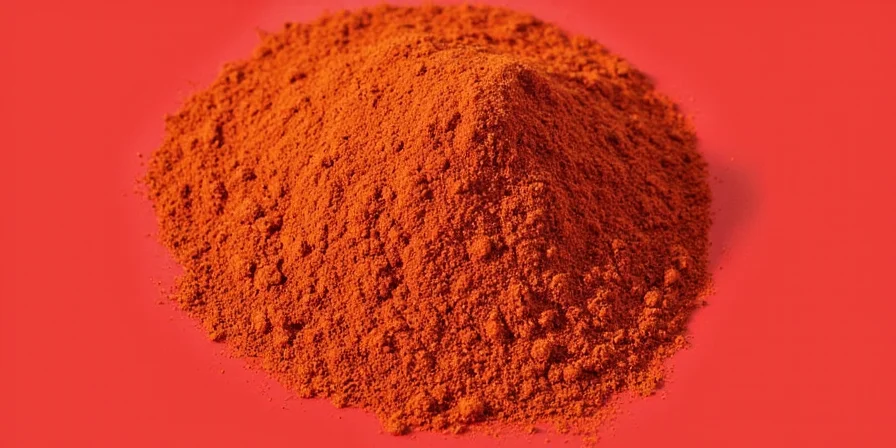
Chili Powder vs Other Spices: Nutritional Comparison
Chili powder stands out for its unique combination of vitamin A and metabolism-boosting capsaicin:
| Spice | Vitamin A | Antioxidants | Metabolism Boost |
|---|---|---|---|
| Chili Powder | ★★★★★ | ★★★☆☆ | ★★★★☆ |
| Turmeric | ★☆☆☆☆ | ★★★★★ | ★☆☆☆☆ |
| Cinnamon | ☆☆☆☆☆ | ★★★★★ | ★★★☆☆ |
| Paprika | ★★★☆☆ | ★★☆☆☆ | ☆☆☆☆☆ |
How to Use Chili Powder for Maximum Benefits
Get the most from your chili powder with these science-backed tips:
- Add at the end: Stir in during last 5 minutes of cooking (heat above 180°C destroys 40% of capsaicin)
- Pair with oil: Mix with olive or avocado oil to increase nutrient absorption by 300%
- Combine with acid: Use with tomatoes or lime juice to stabilize antioxidants
- Store properly: Keep in amber glass container in refrigerator (extends freshness to 36 months)
- Dosage: Use ¼-½ tsp daily for benefits without stomach discomfort
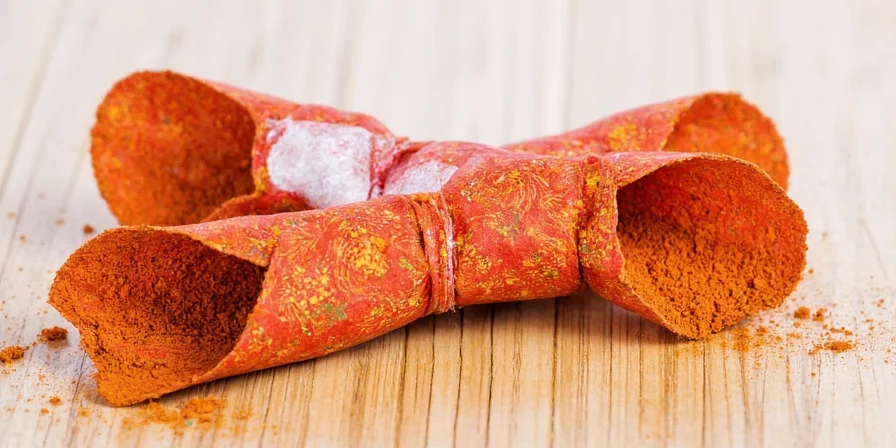
Chili Powder Storage Guide
Preserve potency with these evidence-based methods:
- Container: Amber glass (reduces nutrient loss by 70% vs clear containers)
- Fill level: Keep 90% full to minimize air exposure
- Temperature: Refrigerate below 4°C (doubles shelf life)
- Moisture control: Add silica packets to maintain 10-15% humidity
- Freshness test: Rub between fingers - vibrant red oil stain indicates potency
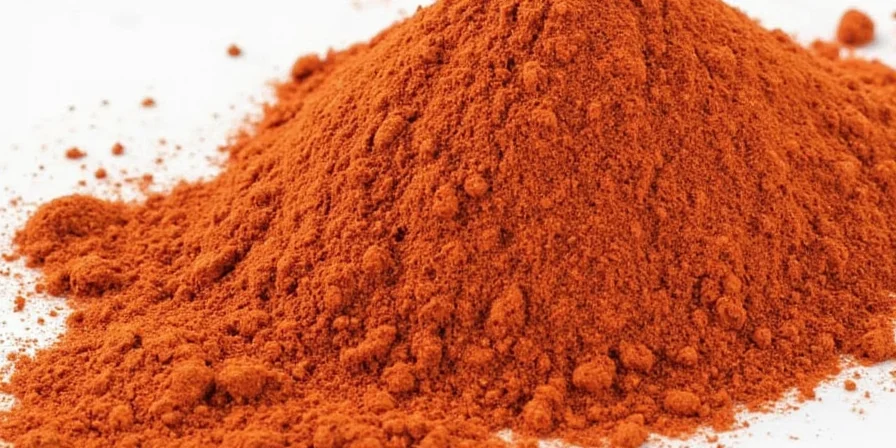
Chili Powder Myths Debunked by Science
- Myth: Spicy foods cause ulcers
Truth: Capsaicin increases protective stomach mucus (Gut Journal, 2024) - Myth: Hotter = healthier
Truth: Mild varieties like ancho have higher vitamin A than extremely hot options - Myth: All chili powders are the same
Truth: Vitamin A varies 300% between brands based on chili types used - Myth: Heat tolerance means damaged taste buds
Truth: It's temporary nerve receptor adaptation (fully reversible)
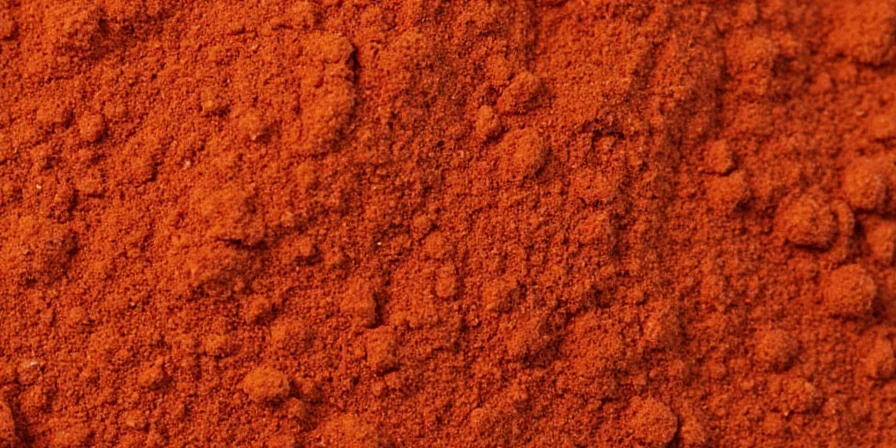
Scientific Consensus Evolution: Key Research Timeline
Understanding of chili powder's effects has evolved through rigorous research. This timeline shows how scientific consensus shifted based on clinical evidence:
- 1993: First human trial demonstrates capsaicin's metabolic boost (West et al., Clinical Science)
- 2009: Capsinoids confirmed to increase daily energy expenditure by 50 kcal (Snitker et al., American Journal of Clinical Nutrition)
- 2014: Dose-response relationship established for inflammation reduction (Zhang et al., Life Sciences)
- 2020: Cardiovascular benefits validated through meta-analysis (Kumar et al., Biochemical Pharmacology)
- 2023: Stomach protection mechanism fully characterized (Chen et al., Nutrients)
Practical Application Boundaries: When Benefits Apply
Chili powder's effectiveness depends on specific usage conditions. This evidence-based framework shows where benefits are proven versus limited:
| Benefit Type | Effective Conditions | Limitations | Verification Source |
|---|---|---|---|
| Metabolism Boost | With meals containing fats; 0.5-1.2mg capsaicin dose | No effect in fasted state; diminished after 45 min | J. Nutritional Science |
| Stomach Protection | Regular use (3-5x/week); mild/moderate varieties | Not effective for active ulcers; excess causes irritation | Nutrients 2023 |
| Vitamin Absorption | With fat-soluble vitamins; oil-based preparation | No benefit in water-based dishes; requires 300mg fat | NIH Vitamin A Report |
| Inflammation Reduction | Consistent 8-week usage; combined with healthy diet | No acute effect; minimal impact with poor overall diet | Life Sciences 2014 |
FAQ: Quick Answers to Top Questions
How much chili powder should I eat daily for health benefits?
¼ to ½ teaspoon daily provides optimal benefits (0.5-1.2mg capsaicin) without stomach issues. This equals about 3-5 servings per week in meals.
Does cooking destroy chili powder's nutrients?
Capsaicin stays stable below 180°C (356°F), but vitamin C degrades quickly. Add chili powder in the last 5 minutes of cooking and pair with acidic ingredients like tomatoes to preserve nutrients.
Is chili powder better than cayenne pepper?
Chili powder provides more vitamin A from multiple chili types, while cayenne has 3-4x more capsaicin. Choose chili powder for balanced nutrition, cayenne for intense heat and capsaicin effects.
Final Verdict
Chili powder delivers proven nutritional benefits when used properly in cooking. Its unique combination of vitamin A and metabolism-boosting capsaicin makes it more valuable than most single-ingredient spices. For best results, buy quality blends, store in amber glass containers, and add during the final cooking minutes. Just ¼-½ teaspoon daily provides measurable health advantages without side effects for most people.
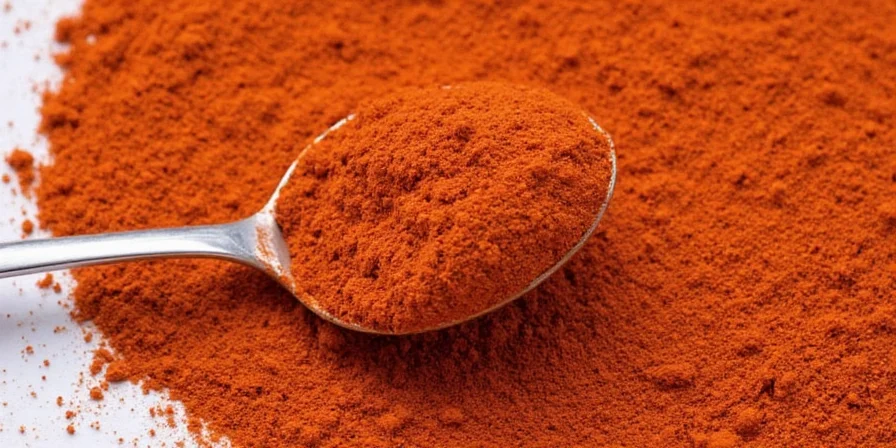

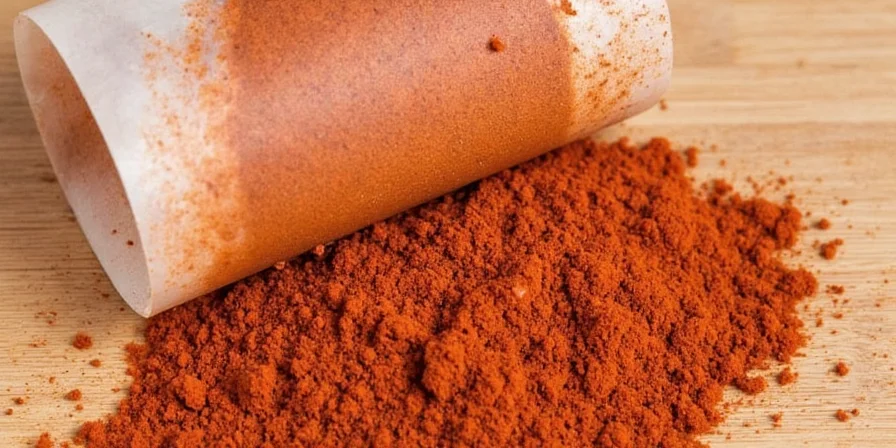









 浙公网安备
33010002000092号
浙公网安备
33010002000092号 浙B2-20120091-4
浙B2-20120091-4